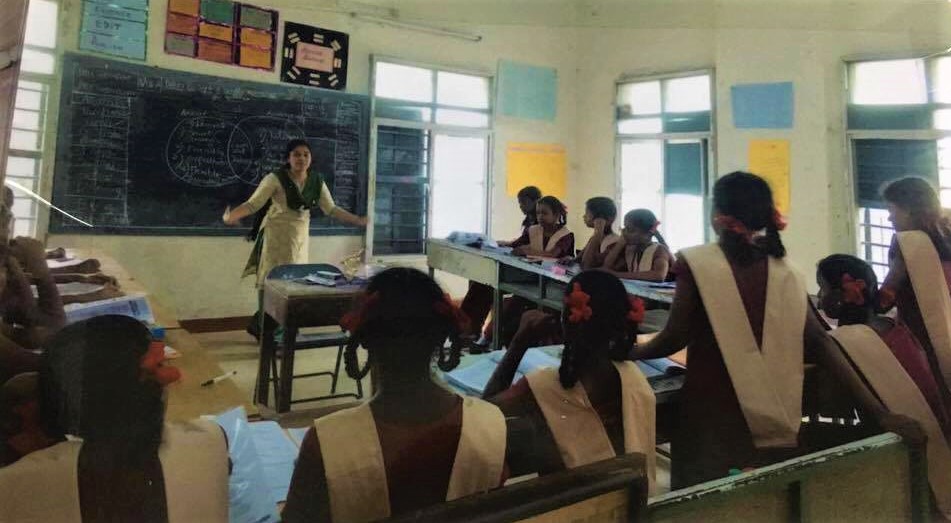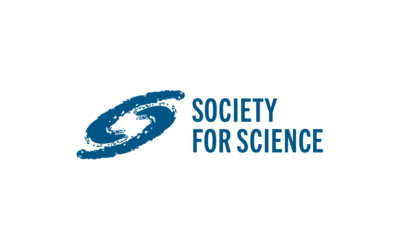Chennai, India —On June 21, 2017, Junior Medical Academy (JMA) created its first international chapter at a girls’ school in Chennai, India in partnership with Teach for India, Chennai. To maintain the preferred privacy of the academic institution due to legal guidelines set by the Government of India, JMA is legally unable to disclose the name of this school; and in this article, it would be simply referred to as School X. In School X, all attending students struggle with some form of mental disability, and they are severely underserved due to a lack of programs and opportunities available to them. Institutional issues make it especially difficult for the school to properly serve its students and incorporate new ventures to improve the current situation. Thus far, one lesson within the JMA curriculum has been taught, but a lack of teachers and people involved poses future issues.
According to UNICEF’s 2016 State of the World’s Children report, in India, females have an adult literacy rate of 75% as a percentage to that of males. Additionally, in the 2016 Global Gender Gap Report, the World Economic Forum states that in India out of the population in science research and development, only 15% are women, as compared to 85% of men. Holistically speaking, women in India are underrepresented in STEM fields and face educational disparities compared to men. In situations like School X in which the girls are even more vulnerable, it is easy to imagine how they would compare with these statistics. However, by introducing more education-based and enrichment programs at an early age, such statistics could be rectified.
JMA seeks to be one of the pioneering science programs incorporated into School X, and work in providing the service that School X lacks. With an adaptable curriculum that is effective at inspiring genuine interest in the topics and easy to reproduce among teachers, higher level concepts can be taught to a wide variety of audiences. What distinguishes JMA’s curriculum from regular school work is that it focuses on accommodating all groups of learners while maintaining an element of fun and self-motivation that most curricula overlook. For example, instead of utilizing paper tests and quizzes to ensure retention and highlighting words for memorization, JMA employs hands-on activities, videos, songs, and games to get students to truly understand how a certain concept works and remember, instead of memorizing content and then quickly forgetting it. JMA believes that instructional material should be varied to support all types of learners, and so, the use of a wide range of media and activities is embedded into the presentations and handbooks, respectively.
Currently, JMA is on the path to recruiting more teachers to ensure the sufficiency of the program and of the school. Special thanks to the current instructors of the school for dedicating their time and energy for the growth of their students. JMA wishes School X great success in future development and education.
References
“Global Gender Gap Report 2016: India.” World Economic Forum, World Economic Forum, www.reports.weforum.org/global-gender-gap-report-2016/economies/#economy=IND.
“The State of the World’s Children 2016 Statistical Tables.” UNICEF, United Nations International Children’s Emergency Fund, 30 June 2016, www.data.unicef.org/resources/state-worlds-children-2016-statistical-tables/.





0 Comments